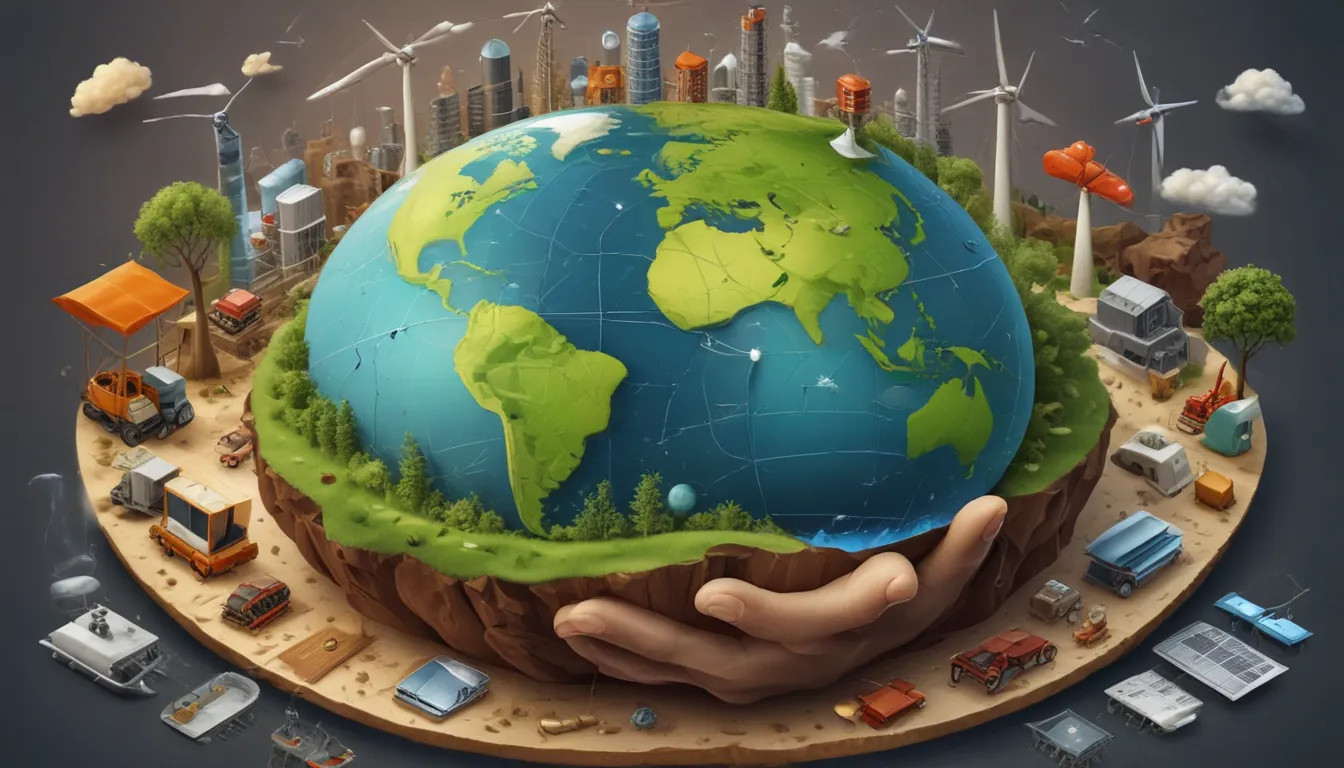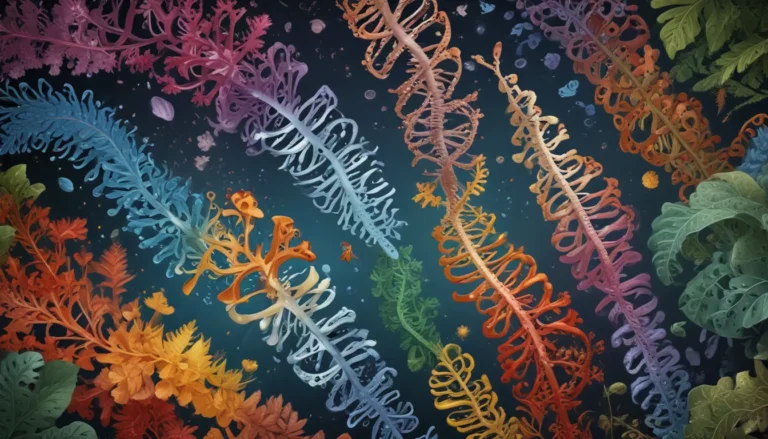A Note About Images: The images used in our articles are for illustration purposes only and may not exactly match the content. They are meant to engage readers, but the text should be relied upon for accurate information.
In today’s world, the importance of renewable resources cannot be overstated. As we strive for sustainable and eco-friendly solutions to meet our energy and resource needs, renewable resources have taken center stage. These sources of energy and materials are replenished naturally and have a minimal negative impact on the environment compared to non-renewable resources like fossil fuels. In this article, we will delve into 9 intriguing facts about renewable resources that highlight their significance and potential. From solar and wind power to geothermal energy and biofuels, we will explore the diverse range of renewable resources and their unique benefits. So, let’s embark on a journey to uncover some fascinating insights into the world of renewable resources!
Embracing the Power of Renewable Resources:
Renewable resources, such as solar energy, wind power, and biomass, are naturally replenished over time. Unlike non-renewable resources like fossil fuels, which take millions of years to form, renewable resources are constantly being replenished by natural processes.
Renewable resources play a crucial role in reducing carbon emissions, which are major contributors to climate change. By harnessing the power of the sun, wind, and water, we can significantly decrease our reliance on fossil fuels and lessen the carbon footprint of energy generation.
The sun alone provides an abundant source of renewable energy. Every hour, enough sunlight reaches the Earth’s surface to meet global energy needs for an entire year. Similarly, wind power has immense potential, with strong winds occurring in many coastal and open areas.
The Advantages of Renewable Resources:
Investing in renewable resources can enhance energy independence for countries. Renewable energy technologies can be deployed on a local scale, reducing dependence on imported fossil fuels and providing a more secure and resilient energy system.
The renewable energy sector has witnessed significant job growth in recent years. From manufacturing to installation, maintenance, and research, the sector offers employment opportunities across various fields, contributing to the overall economy and stimulating local development.
Compared to non-renewable resources, renewable resources have a lower environmental impact. Solar and wind power do not release harmful pollutants or greenhouse gases during operation, improving air quality and environmental conditions.
Renewable resources are versatile and can be used for various purposes beyond energy generation. Biomass, for example, can be converted into biofuels or used as a raw material in the production of bioplastics, making them valuable in different industries.
Exploring the Potential of Renewable Resources:
Renewable resources are particularly beneficial in remote areas where access to traditional energy sources may be limited. Solar panels, wind turbines, and small-scale hydroelectric systems can be installed to provide clean and sustainable energy in off-grid locations.
Advancements in technology and research are driving continuous improvements in renewable resource utilization. From more efficient solar panels to advanced wind turbines, ongoing innovation is expanding the potential of renewable resources and making them increasingly accessible.
In conclusion, renewable resources play a crucial role in our quest for sustainable living. These resources not only provide us with a cleaner and greener alternative to traditional sources of energy and materials but also offer a host of other benefits. From reducing greenhouse gas emissions to creating new job opportunities, renewable resources have the potential to revolutionize the way we live and interact with the environment.
Frequently Asked Questions About Renewable Resources:
-
What are renewable resources?
Renewable resources are natural resources that can be replenished or regenerated over time through natural processes. They include sources of energy such as solar, wind, hydro, and geothermal power, as well as materials like bamboo, timber, and biofuels. -
What makes renewable resources different from non-renewable resources?
Unlike non-renewable resources such as fossil fuels, renewable resources are essentially unlimited in supply. They can be continuously harvested or harnessed without depleting the Earth’s finite reserves, making them a more sustainable and environmentally friendly option. -
How do renewable resources help the environment?
Renewable resources help reduce carbon emissions and air pollution since they produce little to no greenhouse gases during their use. Additionally, renewable materials can replace conventional materials that are harmful to the environment, contributing to waste reduction and conservation efforts. -
Are renewable resources economically viable?
Yes, renewable resources have become increasingly cost-effective over the years, thanks to advancements in technology and economies of scale. Many renewable energy sources now offer competitive prices compared to traditional fossil fuels, making them a viable option for both individuals and businesses. -
Can renewable resources create jobs?
Absolutely! The transition to a sustainable economy based on renewable resources has the potential to create numerous job opportunities. From manufacturing and installation of renewable energy systems to the development of sustainable agricultural practices, the renewable sector can be a significant driver of employment growth. -
Are there any disadvantages to using renewable resources?
While renewable resources have many benefits, they also have some limitations. For instance, some renewable energy sources like solar and wind power can be intermittent, dependent on weather conditions. Additionally, the initial cost of installing renewable energy systems can be higher than traditional alternatives, although the long-term savings and environmental benefits often outweigh this. -
How can individuals contribute to the use of renewable resources?
Individuals can make a difference by using renewable energy sources in their homes, such as installing solar panels or investing in wind power. They can also adopt sustainable practices like recycling, conserving water, and supporting companies that use renewable materials in their products. -
How important is research and development in the field of renewable resources?
Research and development are crucial for advancing renewable technologies and finding innovative solutions to energy and material challenges. Continued investment in research can drive down costs, improve efficiency, and expand the range of renewable resources available. -
What is the future of renewable resources?
The future of renewable resources looks promising. With increasing awareness about climate change and the need for sustainable living, governments, businesses, and individuals are increasingly turning to renewable sources of energy and materials. Continued advancements in technology, along with supportive policies, will likely accelerate the transition to a renewable-based economy.
In conclusion, renewable resources offer a promising path towards a sustainable future. There’s much to learn about these eco-friendly alternatives, and exploring captivating facts about renewable resources can deepen our understanding of their potential. By expanding our knowledge of these critical topics, we can make informed decisions that positively impact our planet and future generations. Trust in our commitment to quality and authenticity as you explore and learn with us.






